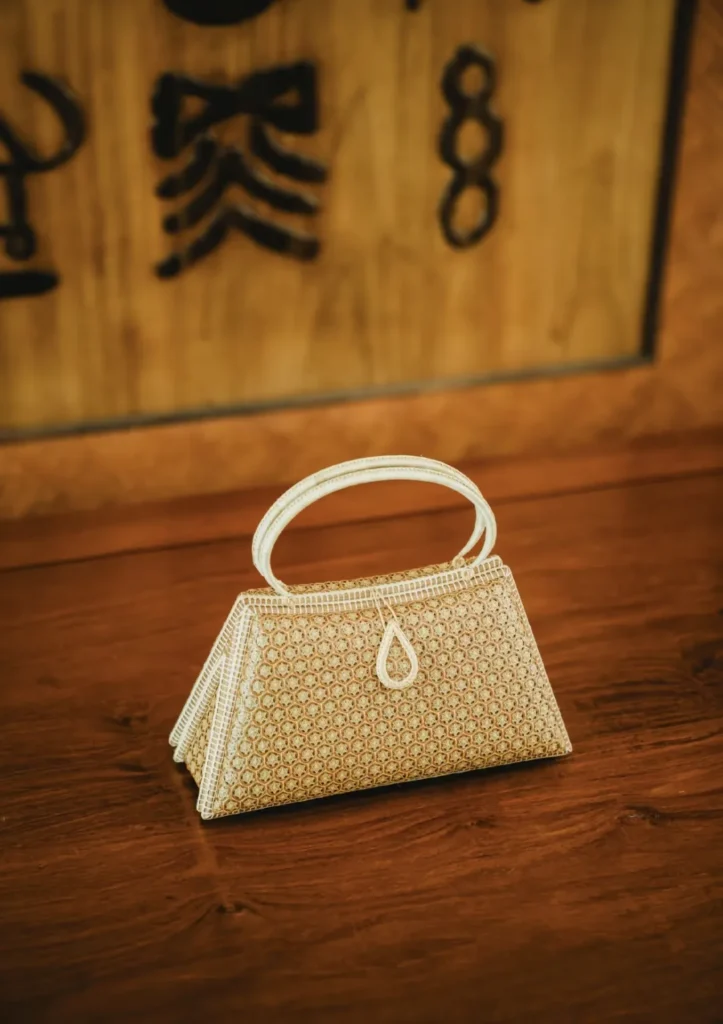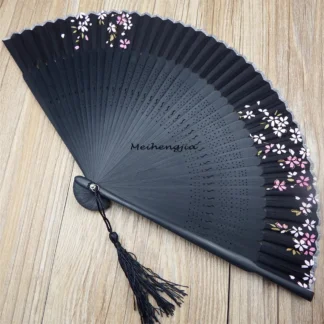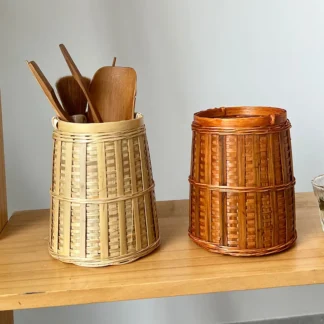Ancient Bamboo Weaving: Techniques and Pattern Systems
Bamboo weaving, an ancient craft dating back to the Neolithic era, reflects humanity’s reverence for nature and the wisdom to reshape it. From daily household items to spiritual totems, countless forms emerge through the rhythmic interplay of warp and weft. This article explores the core techniques and symbolic motifs of traditional bamboo weaving, drawing from historical roots while examining notable global case studies. Through this lens, we uncover how this age-old craft continues to evolve in contemporary life—both as cultural heritage and as a source of creative innovation.
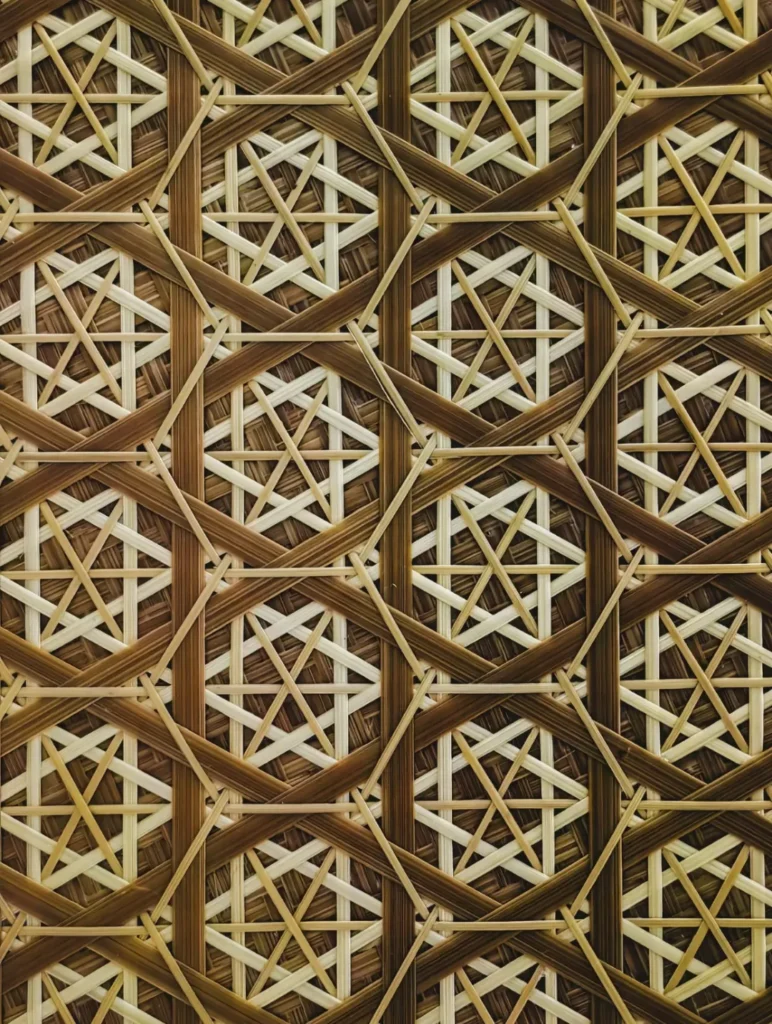
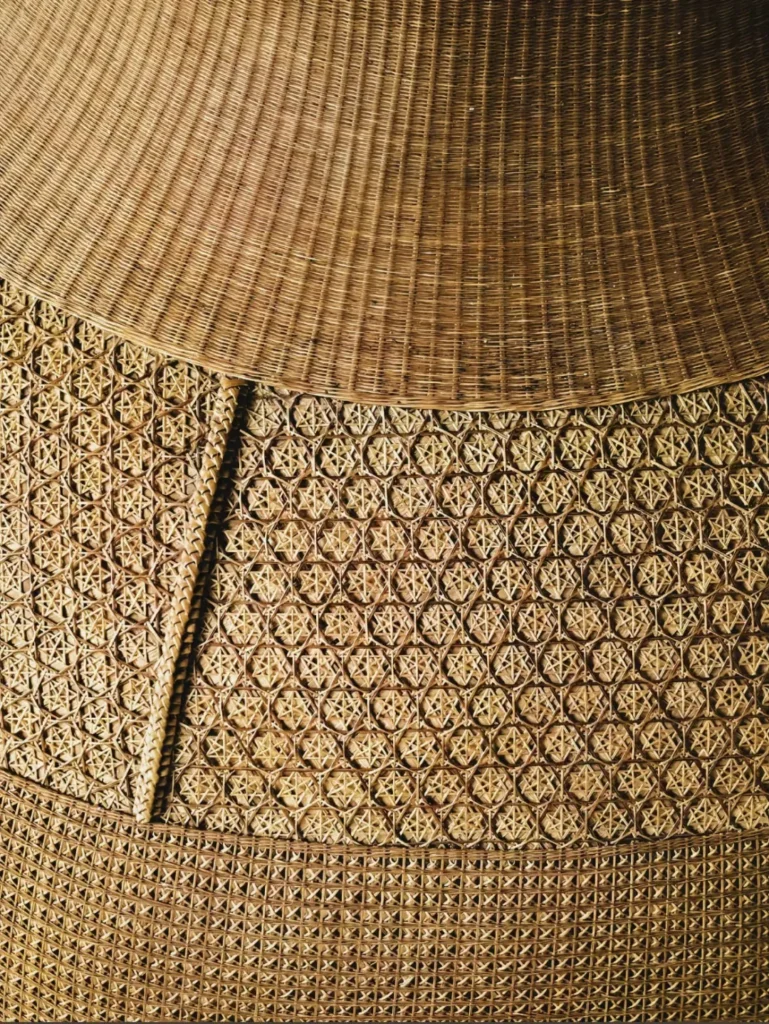
Part 1: The Structural Foundation – Techniques of Ancient Bamboo Weaving
1. Warp-Weft Weaving: The Fundamental Skeleton
Plain Weaving (One-over-one):
This is the most basic and widely used technique. Vertical bamboo strips (warp) are fixed while horizontal strips (weft) are woven alternately over and under to form dense, uniform surfaces or cylindrical structures. Commonly used for mats, baskets, and base structures. Data shows that over 70% of practical bamboo products (e.g., storage baskets, placemats) on platforms like Amazon, Etsy, and Taobao utilize plain weaving or its simple variations.
Twill Weaving (Two-over-two, Three-over-three):
The weft crosses over two or more warps in a diagonal pattern, creating a slanted visual texture. It offers enhanced aesthetic appeal with a looser structure. Often used for decorative bands on basket bodies.
Case Study – Dongyang, China:
Master artisan He Fuli from Dongyang creates intricate multilayer twill patterns using dyed bamboo strands to produce vivid landscape and figure imagery. His artworks are highly valued in international art auctions.
Pattern Variations (Herringbone, Greek Key, etc.):
By altering the over-under sequence (e.g., alternating one-over-two with two-over-one), geometric motifs like herringbone, squared spirals, and endless knots are created—serving both decorative and structural purposes.
Case Study – Japan:
The traditional Japanese “Kakuro” bamboo boxes showcase precise geometric patterns through advanced plain weave variations, reflecting Japanese craftsmanship’s pursuit of order and exactitude. Such designs have a steady demand in Western luxury home decor markets.
2. Spiral Coiling: Rhythmic Expansion from the Center
A thick core (e.g., rattan, bamboo strips) is used as the axis, tightly wrapped with finer bamboo fibers in a spiraling motion. This results in stable, lightweight, round or oval forms.
Global Examples:
Spiral coiling appears in indigenous crafts across continents—from African grain baskets to Native American containers. On platforms like Pinterest and Instagram, coiled bamboo lampshades and vases are popular in “Wabi-Sabi” inspired interiors due to their warm, rustic charm.
3. Hexagonal Weaving: Inspired by the Honeycomb
Utilizing three sets of bamboo strips (two parallel, one at a 60° angle), this method creates hexagonal holes. It’s light, breathable, and elastic—ideal for sieves, filters, lampshades, and hat frames (like Vietnam’s conical hats).
Case Study – Vietnam’s Non La:
The iconic Vietnamese conical hat uses fine hexagonal weaving at its core, ensuring ventilation and ultra-lightweight comfort. According to the Ministry of Industry and Trade, Vietnam’s bamboo and rattan exports are growing steadily, with conical hats as a key product.
4. Twining: Interlaced Strength
Two or more weft strips twist around each other like a rope as they pass through the warp. The result is a tightly bound, highly durable fabric—ideal for basket rims, waists, and load-bearing areas like straps.
Case Study – Southwest China:
In mountainous regions of Sichuan and Hunan, traditional carrying baskets (back baskets) often feature twined reinforcements at stress points. This “functional aesthetics” is being revisited in modern outdoor and sustainable product design.
5. Splint Insertion & Reinforcement: Building the Skeleton
Broad bamboo splints are inserted into the warp-weft mesh during or after weaving to reinforce the frame, shape the outline, segment compartments, or add visual lines. Frequently used in large containers and furniture frames (e.g., bamboo chair backs).
Case Study – Ming & Qing Furniture:
Traditional Chinese bamboo furniture often uses this method to balance strength and visual openness. In modern “New Chinese” furniture design, this technique is widely adapted for both aesthetics and structure.
6. Bamboo Wrapping on Porcelain: A Perfect Fusion
A top-tier technique native to Chengdu, Sichuan. Ultra-fine bamboo threads (thin as hair) are tightly woven over pre-formed porcelain vessels (e.g., teapots, vases) using plain or special weaves. The wrapping is seamless, covering the entire body with no visible joints.
Case Study – Chengdu, China:
Master artisans have created state-level “national gift” bamboo-wrapped porcelain tea sets valued at tens of thousands of RMB. The process—bamboo selection, slicing, splitting, and weaving—is digitally documented for heritage preservation and premium customization.
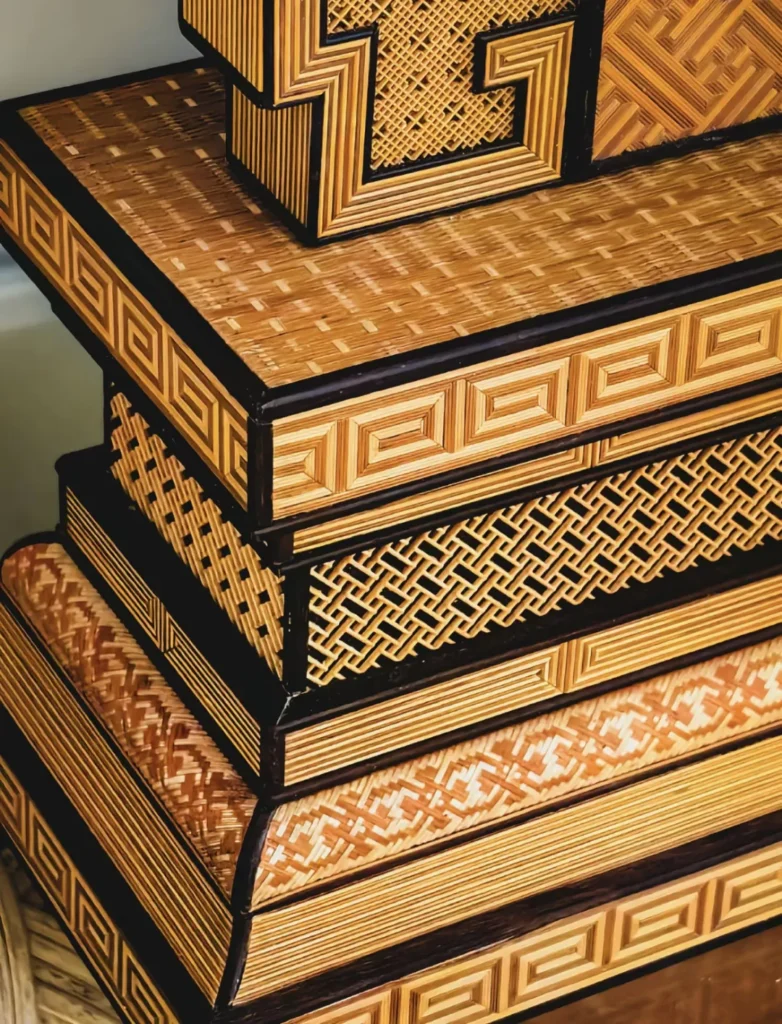
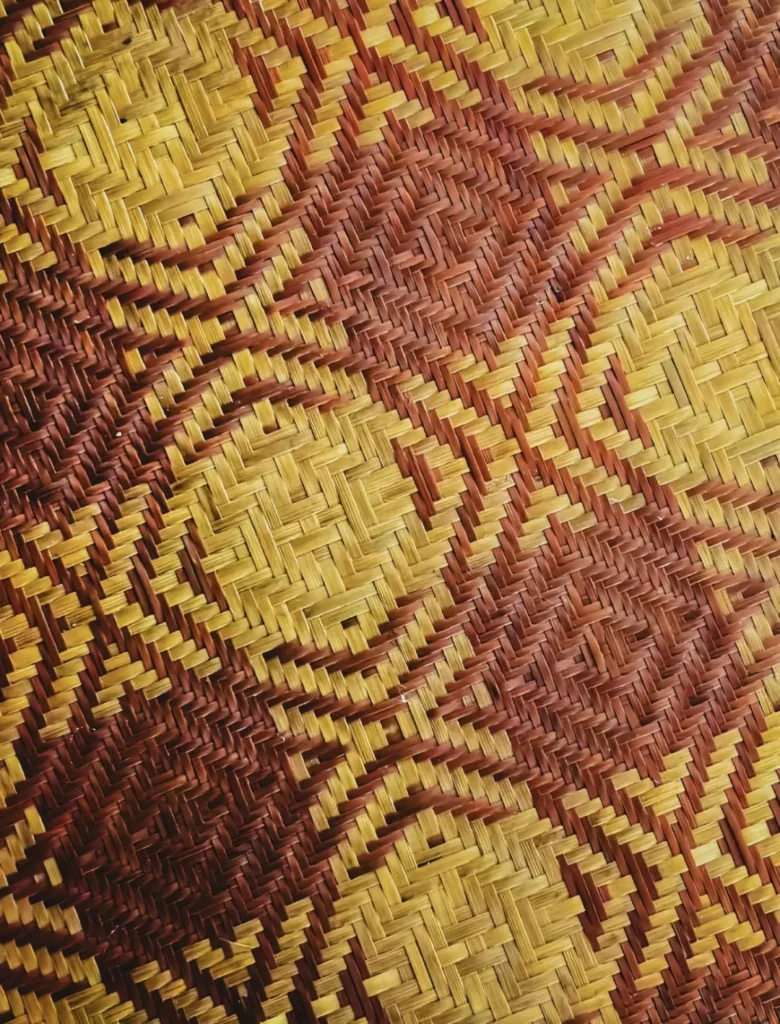
Part 2: Patterns That Speak – The Symbolic Vocabulary of Bamboo Weaving
Bamboo weaving motifs go far beyond ornamentation — they are visual embodiments of cultural beliefs, religious symbolism, and auspicious wishes.
1. Universal Auspicious Patterns
Swastika (卍):
An ancient and widespread symbol of blessing, representing the sun, fire, eternity, and universal good fortune. Widely found in bamboo artifacts across Buddhist-influenced regions, often repeated as border designs or central motifs. Big data (museum collections, auction records) shows that antique bamboo artifacts featuring the swastika pattern—such as scripture boxes and offering baskets—carry greater cultural and collectible value.
Longevity Character (寿):
Stylized forms of the Chinese character for longevity (often seen in “Hundred Longevity” variations) dominate birthday and blessing themes. Often combined with bats (symbolizing “Fu” or fortune), peaches (immortality), and cranes (long life).
Case Study – Southern China:
From the Qing Dynasty to the Republic era, exquisite birthday gift baskets in Jiangnan often featured a large “寿” character woven on the lid, accompanied by bats and floral scrolls — a visual wish for longevity and happiness. These are frequently seen in folk museums and private collections.
Endless Knot (盘长纹):
Originating from Buddhist iconography (one of the “Eight Auspicious Symbols”), this interlocking, infinite loop symbolizes continuity and eternity. Commonly used as a central motif or connecting element in bamboo patterns.
Case Study – Temple Implements:
Ritual bamboo items such as offering trays and incense altars in Buddhist temples often bear the endless knot pattern, symbolizing infinite Dharma and enduring wisdom. Widely used in Buddhist communities across Southeast Asia.
Double Diamond (方胜纹):
Two overlapping rhombuses forming a stable and elegant structure. Represents unity, harmony, and auspiciousness. Frequently seen in window lattices, food box lids, and decorative bands.
Case Study – East Asian Architecture and Craft:
In traditional Chinese residences (e.g., Huizhou dwellings), and in Japanese/Korean bento box lids, the double diamond is a classic element reflecting an aesthetic of order and balance.
Coin Pattern (铜钱纹):
Mimicking traditional Chinese coins strung together, it represents wealth and prosperity. Often used in continuous repeat designs.
Case Study – Commercial Artifacts:
Old-time money chests, ledger boxes, and signage frames in shops often featured this motif to invoke thriving business. The pattern is still used in modern “Neo-Chinese” commercial space design.
Bat Motif (蝙蝠):
In Chinese, “bat” (蝠) sounds like “blessing” (福). Bats appear in literal or abstract form, sometimes surrounding a longevity character or peach in the popular “Five Bats for Longevity” composition.
Case Study – Celebratory Bamboo Goods:
Bamboo baskets for weddings and festival lanterns traditionally featured bat motifs for good fortune. “Bamboo Bat Decoration” is now a trending keyword on global platforms for Chinese-style home decor.
2. Longevity-Specific Motifs
Often used in combination with the Longevity character:
- Crane: Represents long life, grace, and nobility. Seen standing or in flight, often near the lid or sides.
- Turtle: Symbolizes longevity, stability, and wisdom. Typically woven into basket sides or bases.
- Pine and Cypress: Evergreen trees that symbolize endurance and longevity; often appear as border or background elements.
- Peach of Immortality: The divine peach from Xi Wangmu’s garden, a central motif in longevity gifts.
- Gourd (Calabash): Phonetically associated with “fortune and prosperity” (福禄); shape resembles the Chinese character for “auspicious.” Also tied to Taoist immortals and healing.
Case Study – Qing Dynasty Bamboo Box:
A birthday gift box may feature a central giant peach motif on its lid, surrounded by five bats (Five Blessings), pine-crane longevity on the sides, endless knot patterns on the handles, and a hidden tortoise shell design at the base — a masterful blend of folk belief and craftsmanship.
3. Feng Shui & Esoteric Patterns
Infused with cosmological and metaphysical meaning, these motifs are believed to attract good fortune and repel evil.
- Bagua (Eight Trigrams): The core cosmological system of the I Ching, representing the elemental forces of the universe. A central design in Feng Shui discs and protective household objects.
- Taiji Symbol (Yin-Yang): Symbol of duality and unity. Often at the center of Bagua or used in amulets and car hangings.
- Seven Stars (Big Dipper Pattern): Reflects the constellation believed in Taoism to hold spiritual power. Used to enhance fortune and deflect misfortune.
- Talismanic Characters: Taoist symbols or characters such as “令” (Command) and “雷” (Thunder) believed to hold spiritual energy, often woven into protective plaques or ritual tools.
- Auspicious Beasts:
- Dragon: Power and prosperity
- Kirin (Qilin): Kindness, fertility
- Pixiu: Wealth and protection These are often woven into Feng Shui ornaments and strategically placed to optimize energy flow.
Case Study – Southeast Asian Feng Shui Goods:
In overseas Chinese communities (Singapore, Malaysia, Indonesia), bamboo Feng Shui items — such as Bagua discs, Pixiu ornaments, and Seven-Star plates — are in high demand. Online reviews on Lazada and Shopee frequently mention keywords like “energy” and “prosperity.” In Bali, Indonesia, local deities and symbols are often woven into talismanic bamboo charms for both domestic use and tourism.
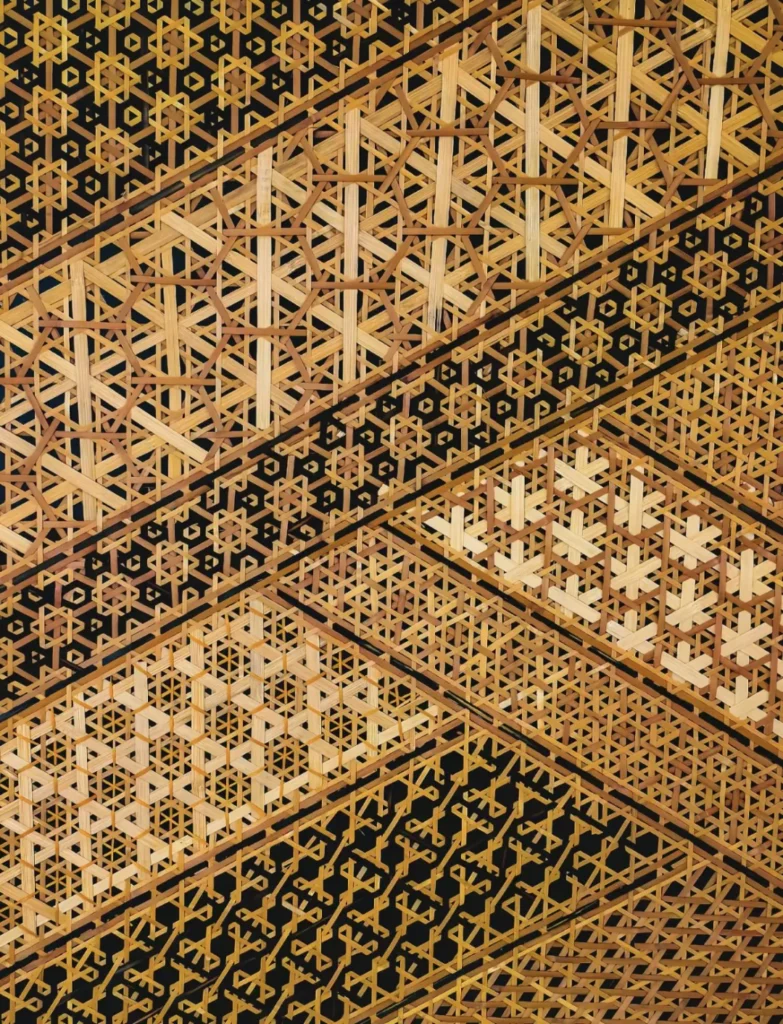

Part 3: A Global Perspective – The Cross-Cultural Symphony of Bamboo Weaving
Big data reveals the vibrant diversity and vitality of bamboo weaving traditions across the globe:
1. East Asia: Pinnacle of Craft and Cultural Integration
China:
A master of both technique and symbolism, with distinct regional styles — e.g., Dongyang’s intricate weaving, Sichuan’s porcelain-core wrapping, Anhui’s Shu seats, and Yiyang’s aquatic bamboo mats. Backed by a comprehensive intangible cultural heritage protection system and a massive bamboo industry (valued in the hundreds of billions of RMB, according to the China Bamboo Industry Association), traditional crafts are seeing a new renaissance. E-commerce platforms like JD.com and Tmall report consistent sales growth in tea sets, stationery, and home goods that incorporate traditional woven motifs.
Japan:
Home to exquisite craftsmanship and Wabi-Sabi aesthetics. Renowned for “Takezaiku” (bamboo fine craft), particularly ikebana vases and tea ceremony items. Patterns are minimalist and Zen-inspired. Works by masters like the late Iizuka Rōkansai command high value in international art markets. Analytics show a year-on-year rise in museum visitors and media coverage of Japanese bamboo exhibitions in Europe and the U.S.
Korea:
Combines practicality with aesthetic appeal. Traditional bamboo items like nang baskets feature simple geometric patterns. Recent innovations fuse these techniques into modern lifestyle products, earning recognition in the K-Design movement.
2. Southeast Asia: Land of Materials and Living Art
Vietnam:
The iconic Non La conical hat uses hexagonal weaving. Bamboo furniture and lighting exports are strong (per Vietnamese customs data), often blending French colonial motifs with indigenous natural patterns such as palm leaf designs.
Thailand, Myanmar, Laos, Cambodia:
Deeply influenced by Buddhist culture. Bamboo monk bowls, offering trays, and temple decorations often feature lotus, Dharma wheels, and auspicious elephants. Daily-use items like the Kratip sticky rice baskets from Northeast Thailand feature modest but meaningful designs. Eco-tourism is helping revive these traditional crafts.
Indonesia, Philippines, Malaysia:
Rich tropical style with bold colors and patterns inspired by flora, fauna, and tribal totems. Large-scale bamboo structures (gazebos, bridges) are globally admired — the architecture itself becomes an immersive pattern.
3. Europe, North America & Australia: Design Innovation Meets Sustainability
Europe (Denmark, Netherlands, France, etc.):
Designer-driven movements blend bamboo with Nordic minimalism and modernist aesthetics. There’s strong emphasis on structural innovation and sustainability (bamboo’s carbon footprint is far lower than plastics or metals). Danish designer Poul Henningsen famously used bamboo shades in his PH lamp series. Trend agencies like WGSN identify “natural woven materials” as a persistent home décor trend.
North America:
Influenced by both Native American basketry and Asian immigrant craftsmanship. In contemporary art, bamboo is a key medium for exploring materiality, space, and cultural identity. Giant bamboo installations by California-based artists go viral on Instagram for their organic beauty.
Australia:
Draws from Asian and Pacific Islander techniques. Emphasizes outdoor resilience and natural aesthetics. Bamboo weaving is finding broader applications in green architecture and landscape design.
4. Africa & Latin America: Indigenous Wisdom and Livelihood
Africa (Ethiopia, Ghana, Rwanda, etc.):
Bamboo weaving is a vital livelihood and domestic skill. Techniques are often bold and utilitarian, with geometric or culturally symbolic patterns. Organizations like INBAR (International Bamboo and Rattan Organization) are promoting local industries to boost market value and global presence.
Latin America (Colombia, Ecuador, etc.):
The Andes region has a rich tradition of cane and bamboo weaving, known as cestería. Works are vividly colorful, often with geometric or pre-Columbian influences. Fair Trade organizations support artisans in reaching international buyers and sustaining cultural continuity.
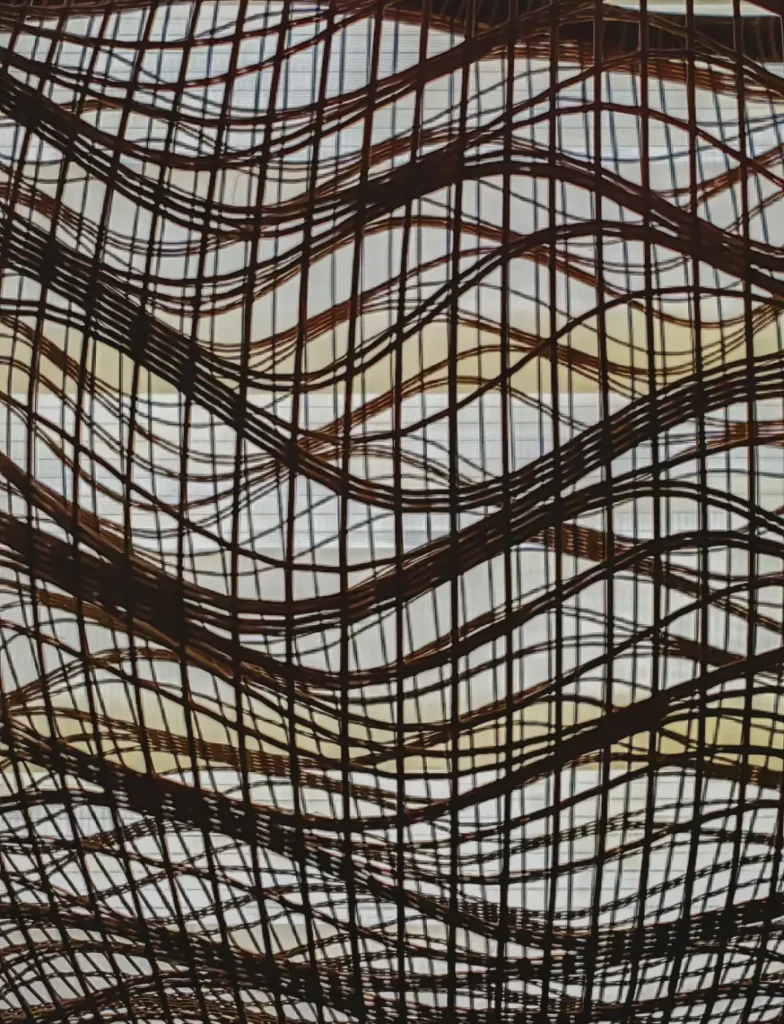
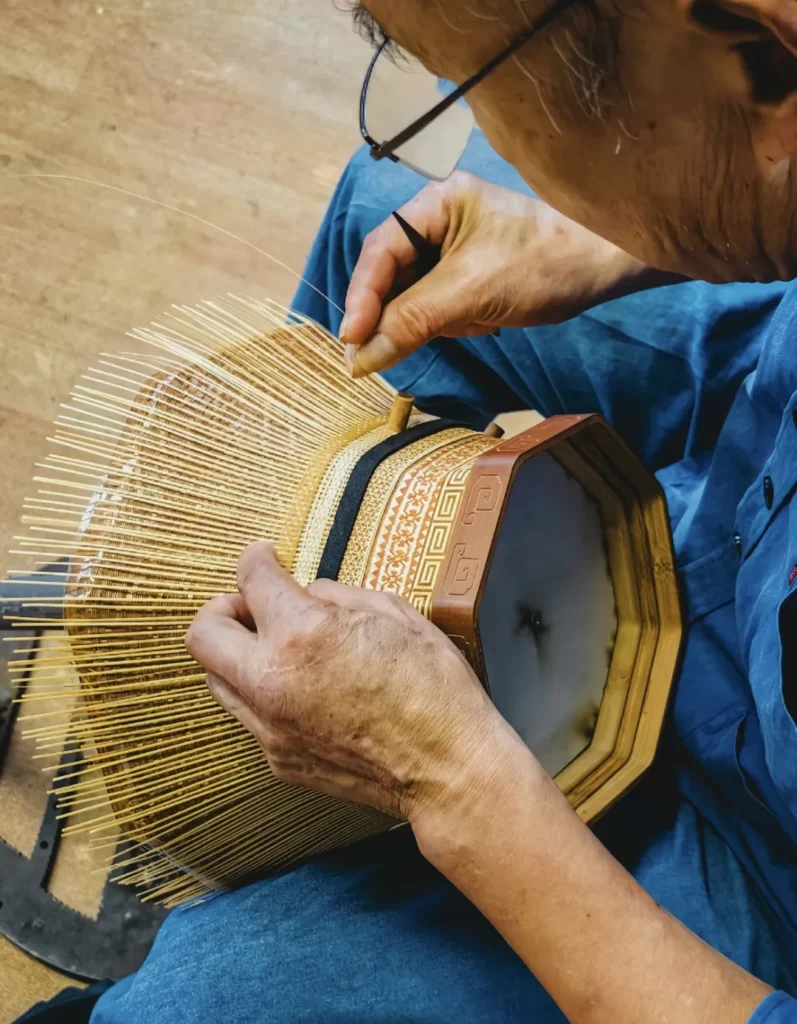
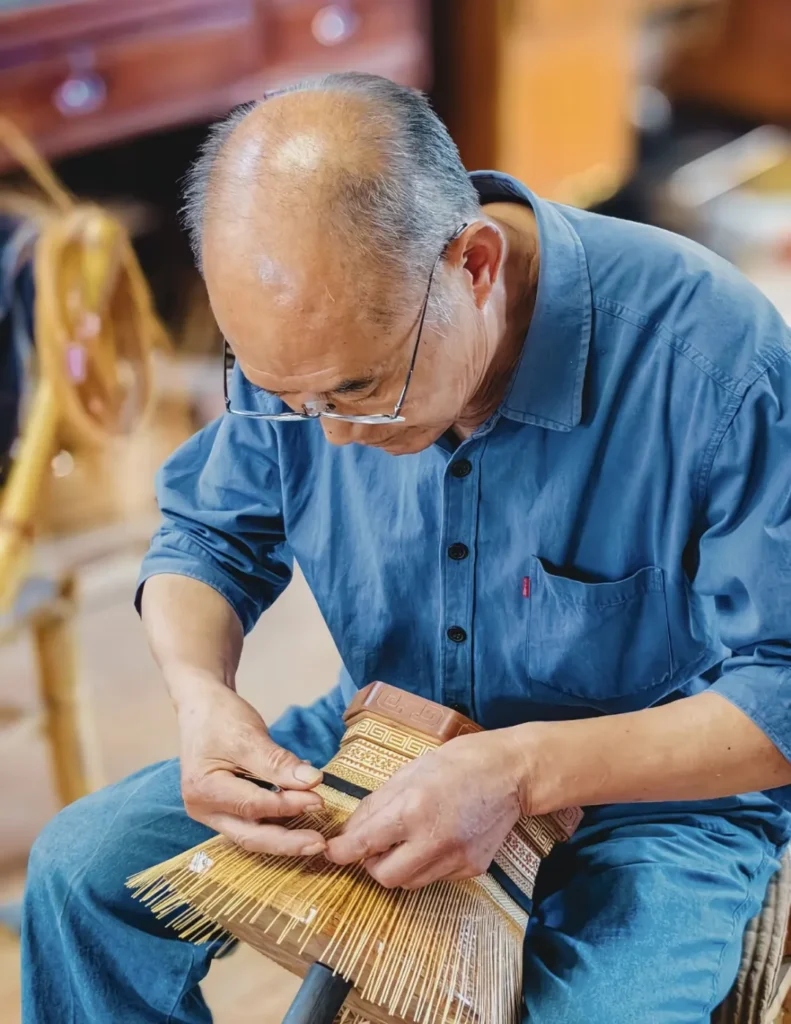
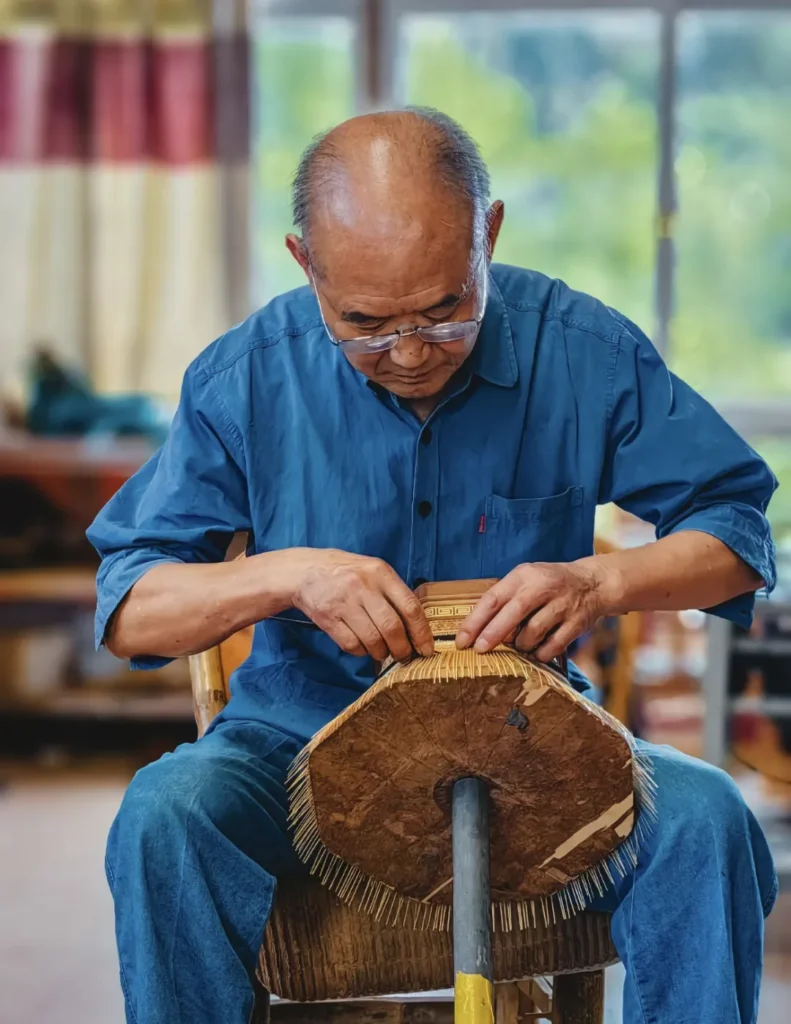
Part 4: Future Trends Revealed by Big Data
1. Eco-Friendly Materials as Global Frontiers
Driven by global plastic bans and carbon neutrality goals, bamboo — a fast-growing, biodegradable, and renewable resource — is widely recognized for its environmental value (e.g., carbon sequestration capacity). Bamboo weaving shows massive potential in replacing plastic packaging, utensils, and household items. Numerous startups in this field are seeing active rounds of investment and growth.
2. Contemporary Interpretations of Traditional Craft
Designers and artisans are collaborating more deeply than ever, using data analytics to identify consumer preferences (such as color, utility, and style). Traditional techniques like hexagonal weaving and twining, along with abstracted motifs such as the Swastika or geometric “Shou” symbols, are being translated into modern lamps, furniture, fashion accessories (bamboo handbags, hats), and even tech gadget shells. Online design platforms such as Behance and Pinterest are rich with such innovation case studies.
3. Cultural IP and High-End Customization
Certain bamboo motifs rich in cultural symbolism — royal patterns, Feng Shui diagrams, or signature weaving methods by renowned masters — are emerging as intellectual property (IP) in luxury markets and collectible art. Blockchain technology is being employed to certify authenticity and trace origin.
4. Tech Empowerment and Global Education
Advanced technologies such as 3D scanning/modeling are preserving endangered weaving techniques and motifs. VR/AR is used for immersive teaching experiences. Online platforms like YouTube and Skillshare significantly lower the barrier for learning bamboo weaving, fueling a growing global community of enthusiasts.
5. Therapeutic and Wellness Value
The natural antibacterial and humidity-regulating properties of bamboo, combined with the meditative concentration required in weaving (akin to mindfulness practices), are attracting attention in the wellness industry. Bamboo woven products like mats and cushions, as well as hands-on weaving workshops, are rising in popularity. Related keyword searches (e.g., on Google Trends) show a clear upward trajectory.
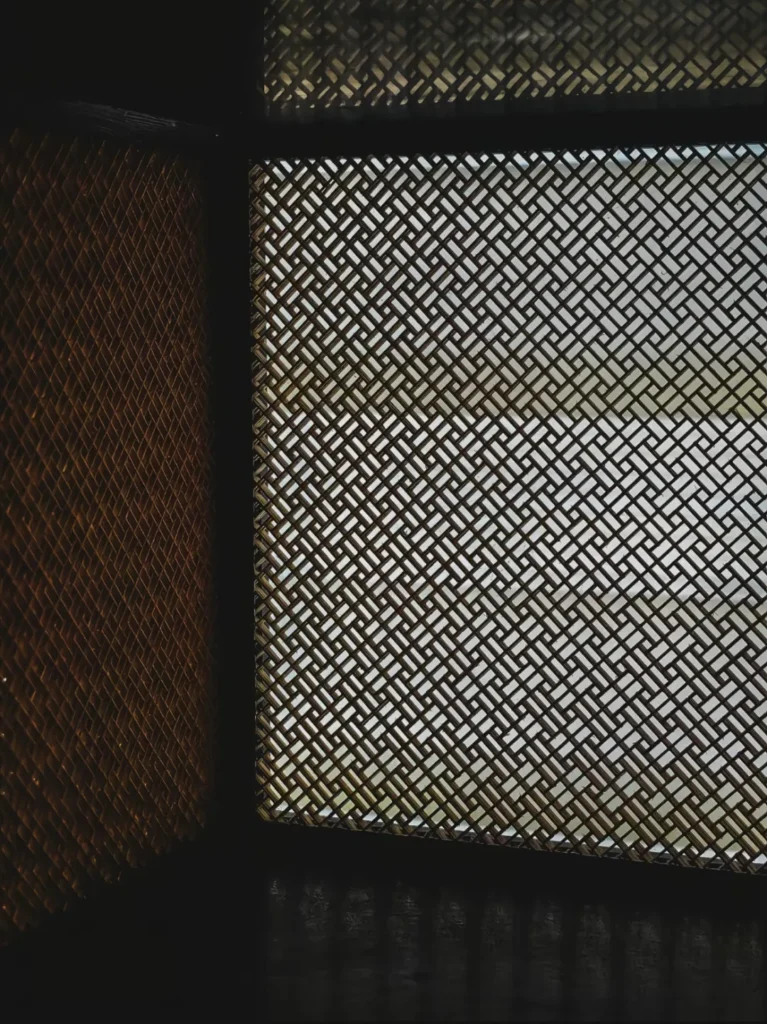

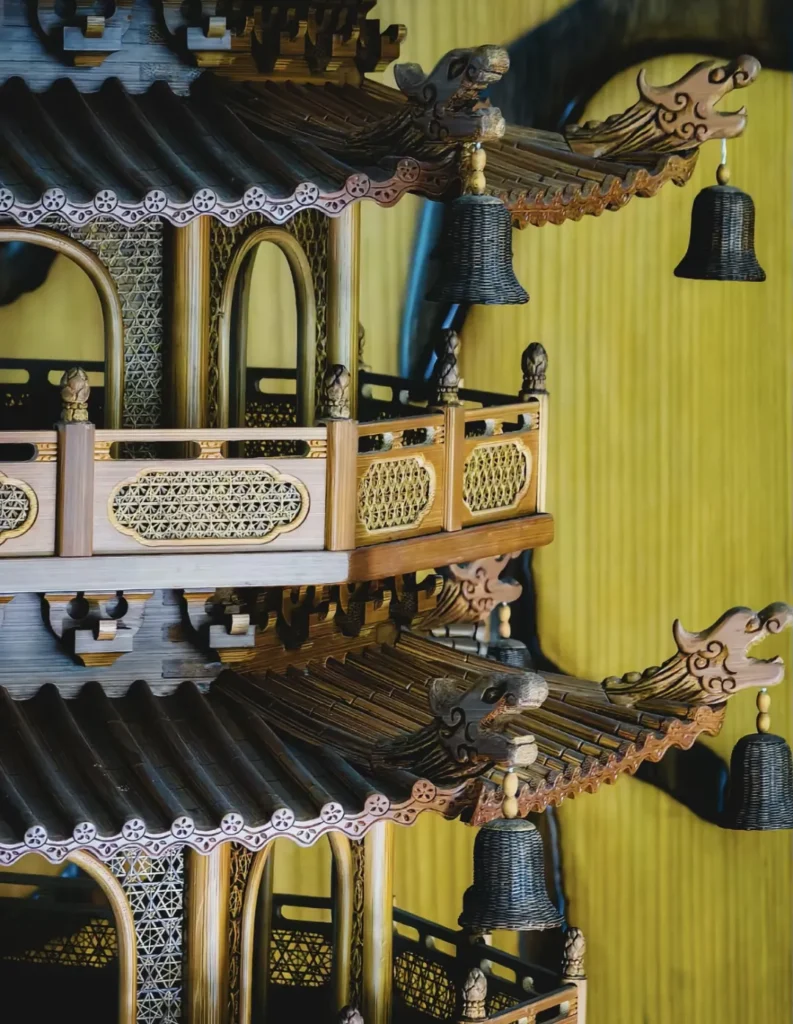
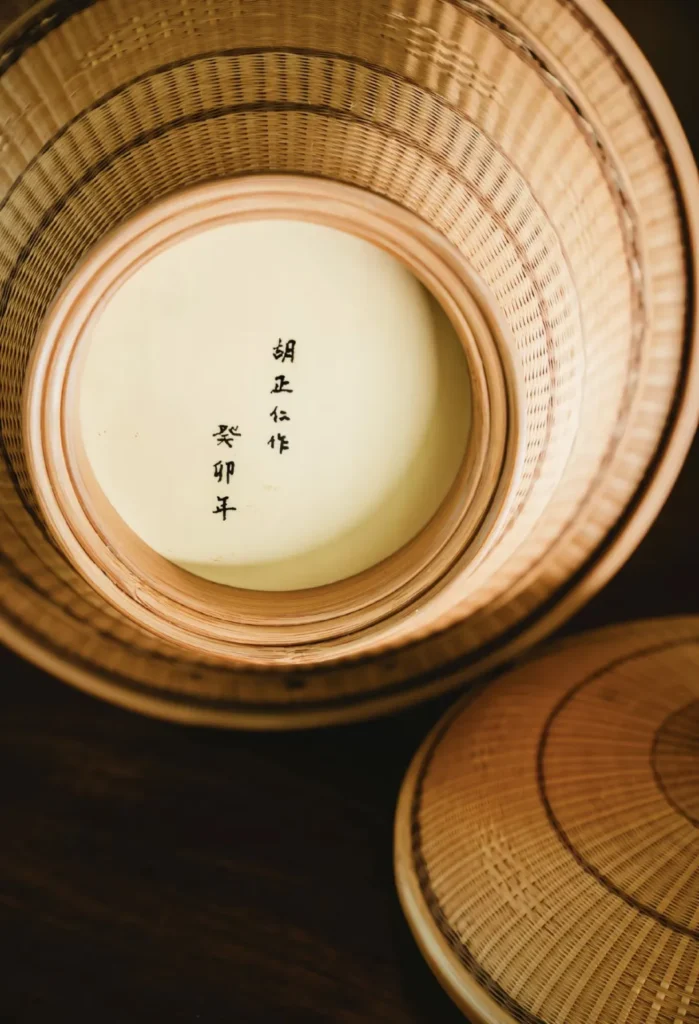
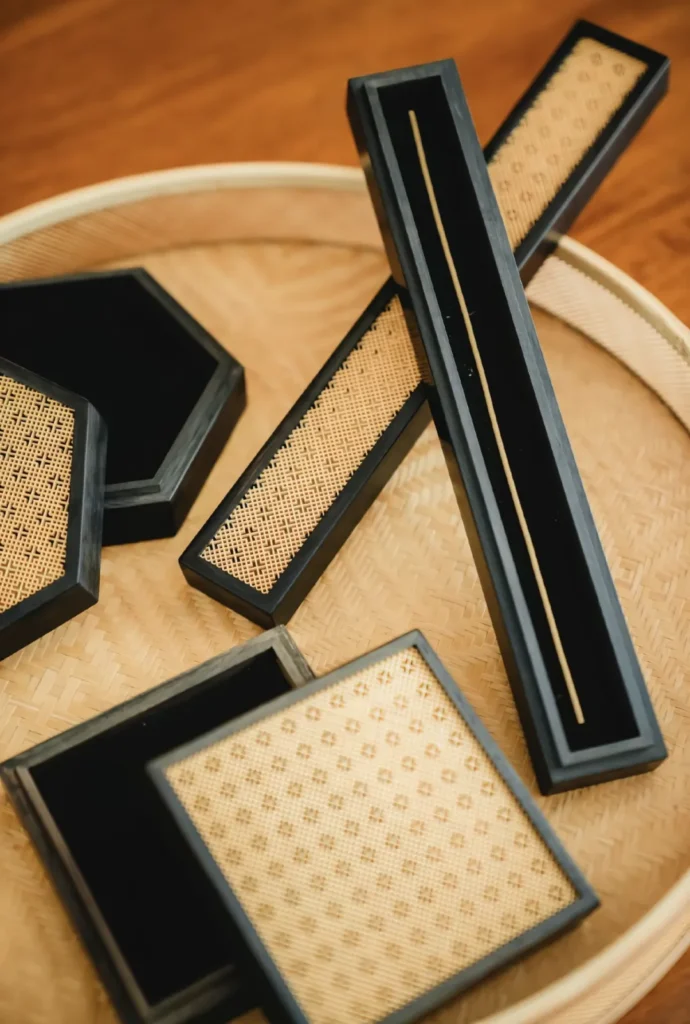
Conclusion: Weaving the Past into the Future
Between the warp and weft of ancient bamboo weaving lies more than just utilitarian form — embedded within is a spiritual blueprint of humanity’s aspirations for blessings, harmony, and cosmic connection. From the simplest over-under pattern to the intricate mysticism of Feng Shui diagrams; from longevity baskets in Jiangnan, China, to protective talismans in Bali, and even designer lamps in Denmark — bamboo weaving and its symbolic motifs traverse borders, retaining distinct cultural genes while continually merging with modern design, technology, and ecological ideals.
Big data not only sharpens our understanding of this cultural heritage’s breadth and depth but also illuminates its boundless potential in sustainable development and the creative economy. Bamboo weaving — an ancient craft born of primal wisdom — is writing a new chapter in the 21st century. Flexible yet resilient, it is no longer just an echo of the past, but a green bridge to the future.
Recommended products
-
BambooWeave Handcrafted Storage Basket
Price range: $68.00 through $147.00 -
Elegant Carved Black Bamboo Folding Fan – Hand-Painted Chinese Traditional Style
Original price was: $25.00.$21.00Current price is: $21.00. -
Handmade Bamboo Pen Holder – Eco-Friendly Desk Organizer in Natural & Brown Colors
Original price was: $12.00.$9.00Current price is: $9.00.
